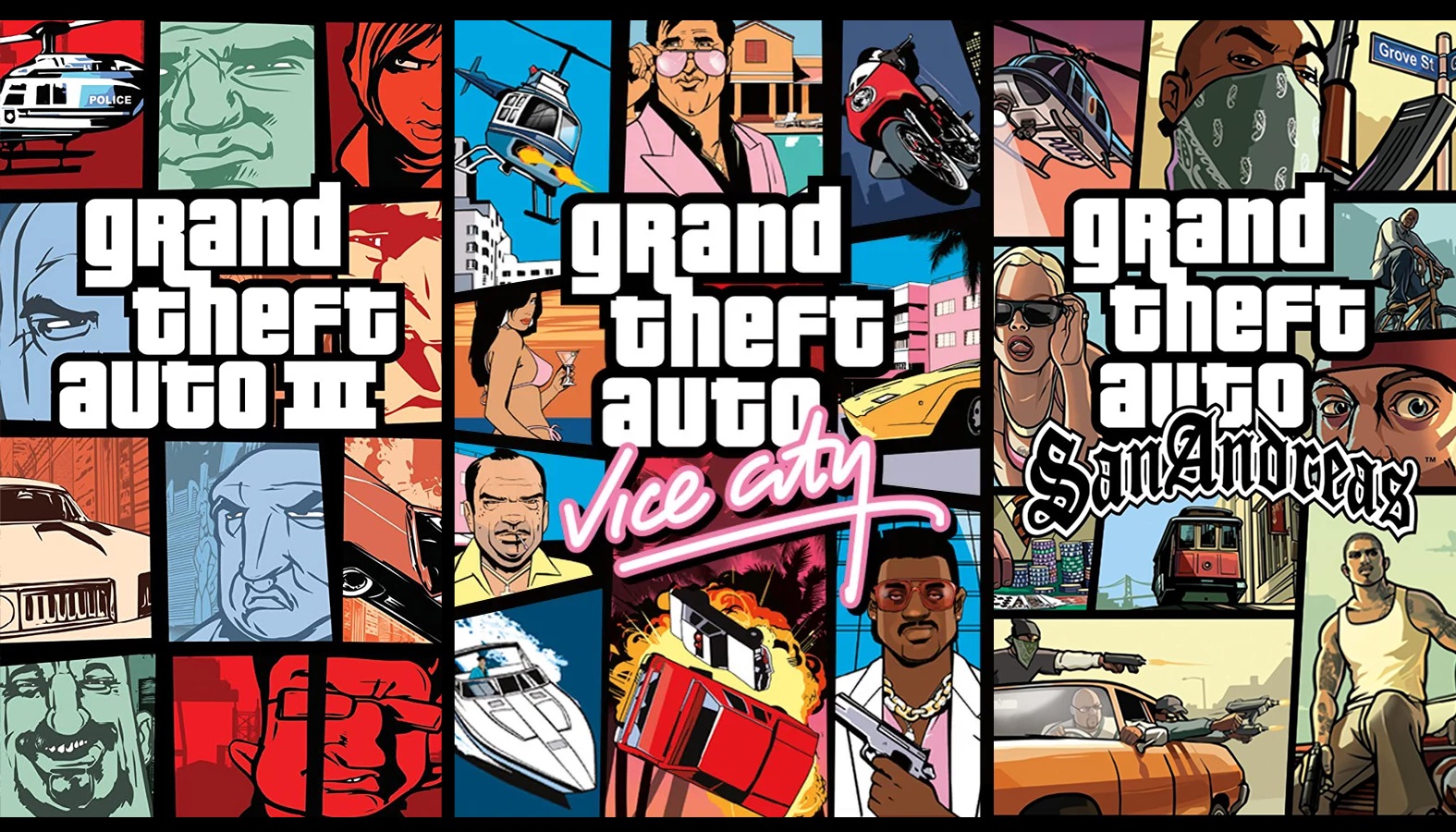Share
Way Back When
After Ocarina of Time introduced players to the very first 3D Zelda experience in 1998, Nintendo clearly knew fans would be clamoring for more, more, more. The Nintendo 64 megahit had sold extraordinarily well, received some of the best reviews of any game ever made, and was already being considered one of the most influential games of its era. How do you follow up something with that much cultural impact? Well, with the franchise’s very first direct sequel, of course.
Though the series was known for featuring many of the same characters, locations, and themes, 2000’sThe Legend of Zelda: Majora’s Mask marked the first time the Zelda franchise had ever seen a story and iteration of its protagonist, Link, directly connected to a previous game. But there he was – the same Link fans had just taken through the immense time traveling tribulations of Ocarina of Time was back once again and ready for his new adventure. This time, however, the green tunic-wearing hero was searching for his lost fairy, Navi, when he stumbled upon a scenario that sent him into an alternate reality of Hyrule known as Termina. It’s here that series veterans were introduced to a very new kind of Zelda experience.
Majora’s Mask stood out as an oddball entry in Link’s ongoing journeys, and not just because it took place in such a strange and eerie new land. It was so unique – and ultimately so divisive – because of its unusual gameplay mechanics. In this game, players were burdened with a three-day cycle in which to complete a variety of pressing tasks lest a moon crash into Termina and completely reset their progress entirely. Though they could turn back time to the first day with the use of Link’s trusty ocarina, doing so would only save their most substantial accomplishments, meaning that most puzzles would be reverted to their pre-cleared state, gained currency would reset to zero, and NPCs would forget they had met Link. By combining this with a new feature that would allow Link to gain special powers by wearing certain masks, Majora’s Mask was certainly a departure for the series.
Despite some fans finding a few of Majora’s Mask‘s features a bit cumbersome and ambiguous, it still earned widespread critical acclaim and managed to sell extremely well, and it went on to gain a cult following the years following its release. Still, Ocarina of Time is fairly often cited as the more accessible and memorable of the two Nintendo 64 releases, while Majora’s Mask is frequently labeled harder, more mature, and quite cryptic. This has caused endless debates over which of the releases were technically superior, though it really just comes down to taste. What’s most important, however, is that they were both riveting and impactful titles that helped shape the future of 3D action-adventure games, so don’t worry too much about which is better. You can just enjoy them both after all, as they’re available on all of the same hardware. Lucky you.
Where You Can Play It Now
If you’re wanting the purest version of Majora’s Mask available on modern systems, you’ll have to go with the Wii U version. Otherwise, the upgraded 3DS version remains very faithful to the original while implementing myriad improvements, such as updated graphics, better framerates, optional 3D support, a revamped item system, and plenty of other quality of life changes that make it the best available iteration of the game.
Here’s the modern platforms on which you can access The Legend of Zelda: Majora’s Mask:
- Wii U (Virtual Console)
- Nintendo 3DS
If you’re playing Majora’s Mask before playing Ocarina of Time, make sure to grab its 3D iteration on the 3DS as well to round out the connected duology. Of course, once you’re done with those, there’s no shortage of other Zelda titles available on modern systems, either, so you’ll have plenty of adventures in Hyrule awaiting you.




